#India in Fashion
Explore tagged Tumblr posts
Text


Nita Ambani on Her Spectacular New Arts Institution in Mumbai

Ensembles by Zandra Rhodes (left and center) and Jean Paul Gaultier (right) in the “Hippie Trail” section of the exhibition “India in Fashion: The Impact of Indian Dress and Textile on the Fashionable Imagination.” Courtesy of NMACC.
1 note
·
View note
Text

Vogue India Oct 1997 - Sasha Pivovarova by Paolo Roversi
2K notes
·
View notes
Text
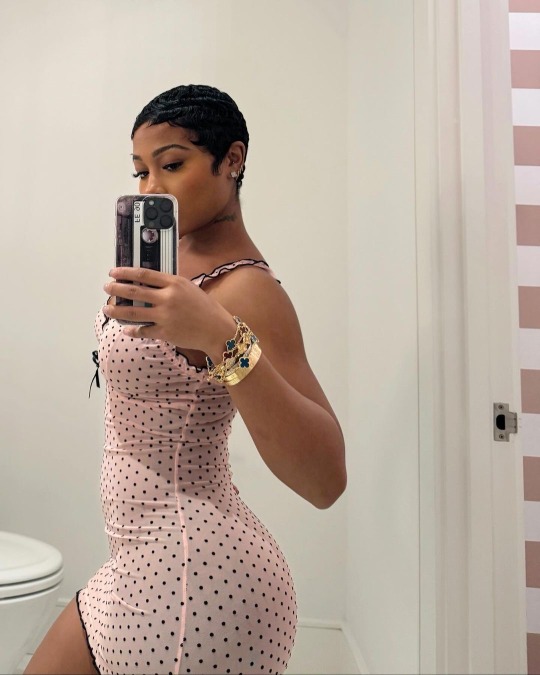

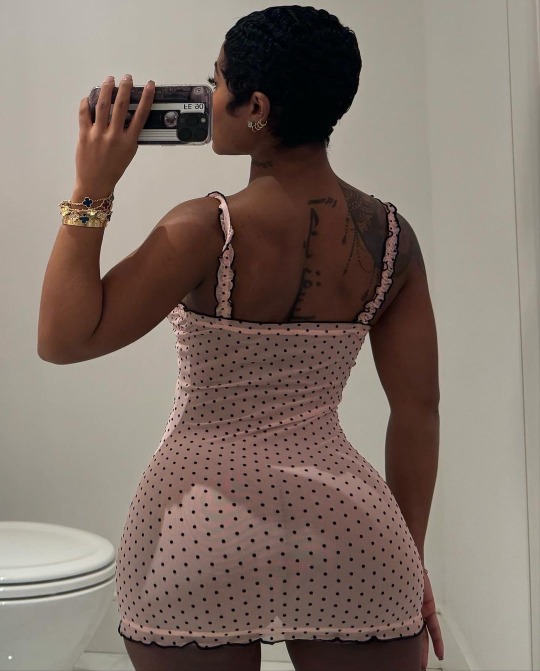


@waydaminbrand | valentine’s day collection
#jaydacheaves#celebrity#fashion#influencer#entrepreneur#black girl aesthetic#jaydawayda#black girl luxury#jayda cheaves#blackgirlbeauty#black girl moodboard#moodboard#india love#grown#nightslip#dess dior
4K notes
·
View notes
Text
NMACC showcase: From beetle wings to chintz, India’s gift to global fashion
Special commissions from Rahul Mishra | Photo Credit: Mitsun Soni A little over 150 years ago, over 30,000 hand cut and mounted samples of Indian textiles were painstakingly organised into an album series to educate and inspire commercial and design industries in India and Britain. Its creator, John Forbes Watson, called them ‘trade museums’. Watson would have been pleased to walk around the…
View On WordPress
#Alexander McQueen Plato’s Atlantis#Anamika Khanna#archival inspirations to contemporary times#armadillo boots#armadillo dress#Bollywood costumes#chanel#Chintz#curator Hamish Bowles#dior#Exhibition Design Director Patrick Kinmoth#Great Exhibition of London 1851#impact that India has had on western fashion#India in Fashion#Indian fashion#India’s impact on the global fashion#Metropolitan Museum#Mughal gardens#New York#nita ambani#nmacc#Rahul Mishra#Ritu Kumar#Sternocera ruficornis#the Royal Ontario Museum#yves saint laurent
0 notes
Text

Soooseductiv3
#soooseductiv3#india westbrooks#india love#iamgia#beautiful black women#black tumblr#y2k moodboard#black girl magic#black fashion#black femininity#black girl moodboard#black girls of tumblr#black girls rock#black musicians#sexy black woman#black beauty#beauty#black women#black woman#beautiful#black girl aesthetic#black girls#black woman beauty#moodboard#melanin#makeup#black girl fitspo#black girl fashion#fashion
1K notes
·
View notes
Text








IG: indialove
#india love#black girl moodboard#black girl aesthetic#black women moodboard#black women aesthetic#black girl inspo#beautiful black girl#black girl beauty#beautiful black women#black women beauty#black girls of tumblr#black girl tumblr#black women luxury#black girl luxury#black women in luxury#black girls in luxury#luxury black women#luxury black girls#luxury beauty#black girl fashion#black women fashion#black girl style#black girl#black women#soft black girls#soft black women#black girl femininity#black women femininity#feminine beauty#feminine aesthetic
557 notes
·
View notes
Text

#india love#black girl tumblr#black girls of tumblr#black girl fashion#black girl fitspo#black girl moodboard#blackgirlbeauty#blackgirlmagic#fashion aesthetic
1K notes
·
View notes
Text
Emerald Spectacles from India, c. 1620-1660 CE: the lenses of these spectacles were cut from a single 300-carat emerald, and it was believed that they possessed mystical properties
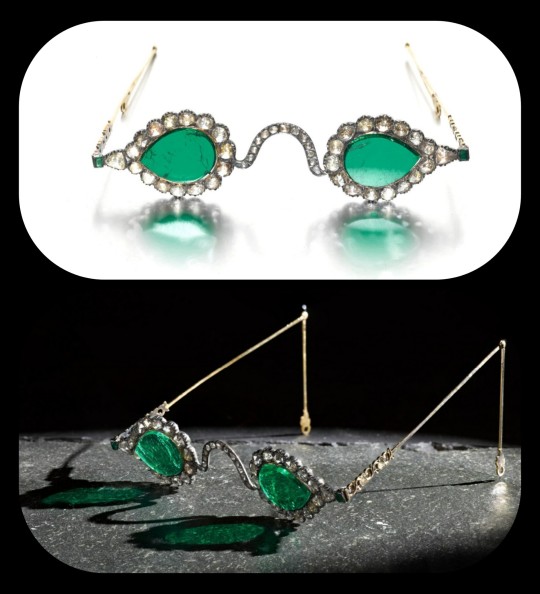
These eyeglasses are also known by the name "Astaneh-e ferdaws," meaning "Gate of Paradise," based on the symbolic associations between the color green and the concept of spiritual salvation/Paradise. That symbolism (which is rooted in Islamic tradition) was especially popular in Mughal-era India, where the spectacles were made.
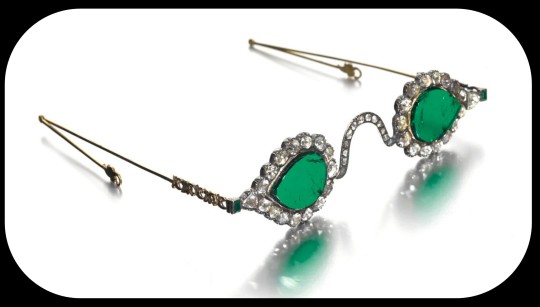
The lenses were crafted from two thin slices of the same emerald. Together, the lenses have a combined weight of about 27 carats, but given the precision, size, and shape of each lens, experts believe that the original emerald likely weighed in excess of 300 carats (more than sixty grams) before it was cleaved down in order to produce the lenses. The emerald was sourced from a mine in Muzo, Colombia, and it was then transported across the Atlantic by Spanish or Portuguese merchants.
Each lens is encircled by a series of rose-cut diamonds, which run along an ornate frame made of gold and silver. The diamond-studded frame was added in the 1890s, when the original prince-nez design was fitted with more modern frames.
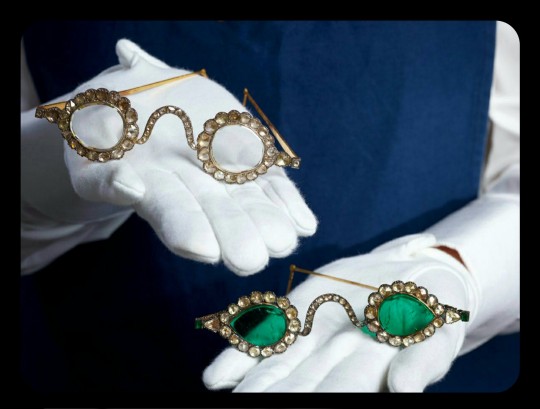
The emerald eyeglasses have long been paired with a second set of spectacles, and they were almost certainly commissioned by the same patron. This second pair is known as "Halqeh-e nur," or the "Halo of Light."
The Halo of Light features lenses that were made from slices of diamond. The diamond lenses were cleaved from a single stone, just like the emerald lenses, with the diamond itself being sourced from a mine in Southern India. It's estimated that the original, uncut diamond would have weighed about 200-300 carats, which would make it one of the largest uncut diamonds ever found.
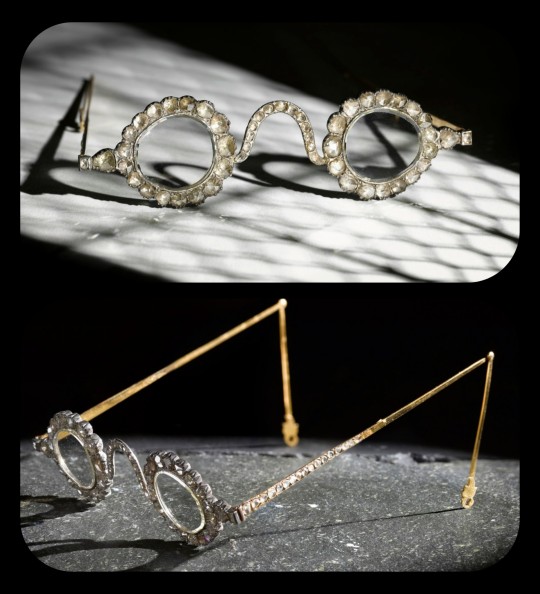
The lenses are so clear and so smoothly cut that it sometimes looks like they're not even there.
Both sets of spectacles date back to the mid-1600s, and it's generally believed that they were commissioned by a Mughal emperor or prince. The identity of that person is still a bit of a mystery, but it has been widely speculated that the patron was Shah Jahan -- the Mughal ruler who famously commissioned the Taj Mahal after the death of his wife, Mumtaz Mahal. Shah Jahan did rule as the Mughal emperor from about 1628 to 1658.
The emerald and diamond lenses may have been chosen for symbolic, sentimental, and/or cultural reasons, or they may have been chosen simply because they're pretty and extravagant; the original meaning and purpose behind the design is still unclear. Experts do believe that the eyeglasses were designed to be worn by someone, though.
At times, it was believed that the spectacles had spiritual properties, like the ability to promote healing, to ward off evil, to impart wisdom, and to bring the wearer closer to enlightenment. Those beliefs are largely based on the spiritual significance that emeralds and diamonds can have within certain Indic and Islamic traditions -- emeralds may be viewed as an emblem of Paradise, salvation, healing, cleansing, and eternal life, while diamonds are similarly associated with enlightenment, wisdom, celestial light, and mysticism.
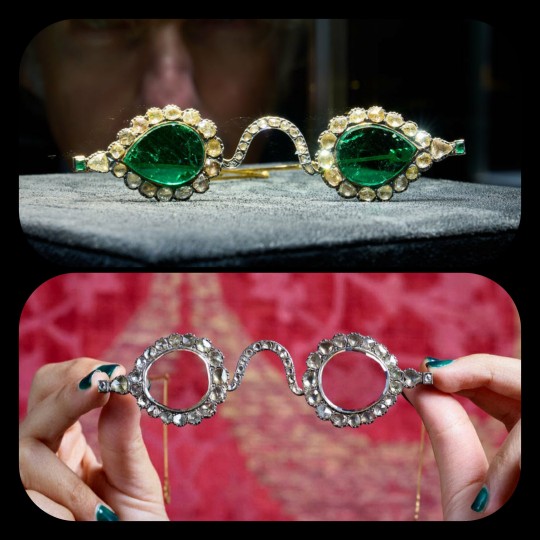
The Gate of Paradise and the Halo of Light were both kept in the collections of a wealthy Indian family until 1980, when they were sold to private collectors, and they were then put up for auction once again in 2021. They were most recently valued at about $2 million to $3.4 million per pair.
Sources & More Info:
Sotheby's: Mughal Spectacles
Architectural Digest of India: At Sotheby's auction, Mughal-era eyeglasses made of diamond and emerald create a stir
Only Natural Diamonds: Auspicious Sight & the Halqeh-e Nur Spectacles
The Royal Society Publishing: Cleaving the Halqeh-Ye Nur Diamonds
Gemological Institution of America: Two Antique Mughal Spectacles with Gemstone Lenses
Manuscript: From Satan's Crown to the Holy Grail: emeralds in myth, magic, and history
CNN: The $3.5 million Spectacles Said to Ward off Evil
BBC: Rare Mughal Era Spectacles to be Auctioned by Sotheby's
#history#archaeology#artifact#mughal#india#17th century#art#emerald#diamond#glasses#indian lore#islam#religion#mysticism#indian history#anthropology#spirituality#fashion
5K notes
·
View notes
Text

Transgender beauty queen Nitasha Biswas is all set to make her small screen debut with "Dating In The Dark". She says rejections are a part of life for a trans woman in India. "Being a trans woman in India, rejections are a part of our lives. We have faced and continue to face rejections from workplace, friends, family and whom we fall in love with. I believe, love has no gender and it is this positive attitude and confidence that I hold that lets me believe, I will find my soulmate who will embrace me regardless," Nitasha said in a statement.
#trans community#transgender#trans#queer#gay fashion#alt fashion#alternative fashion#queer fashion#queer fashion#trans fashion#gay model#alternative model#ai model#unisex model#trans model#adult model#indian beauty#india
248 notes
·
View notes
Text
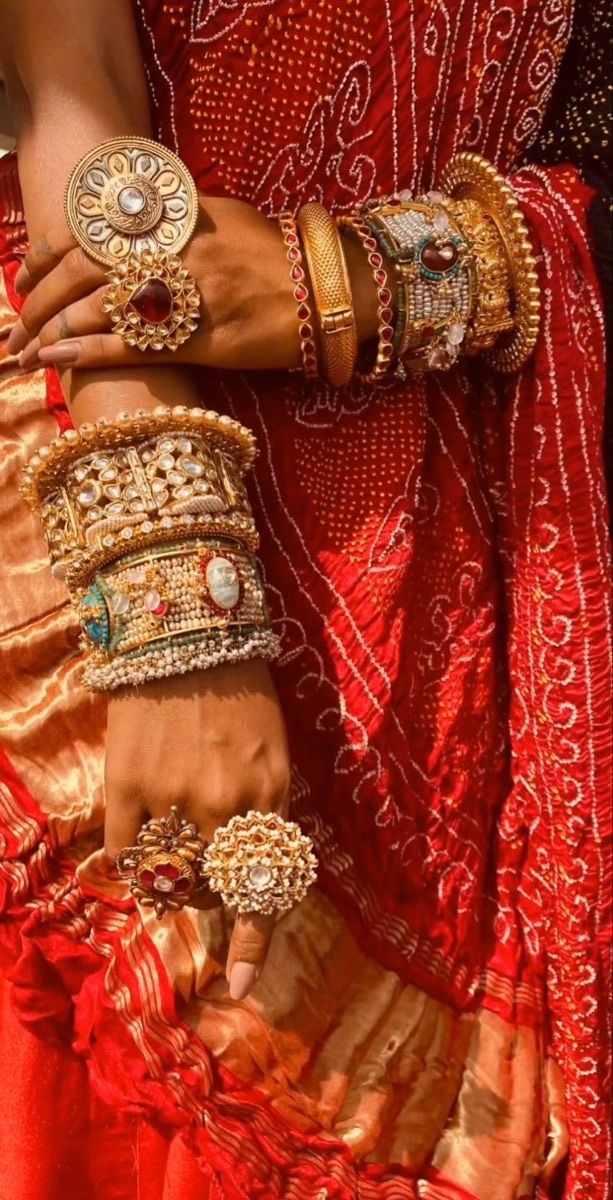
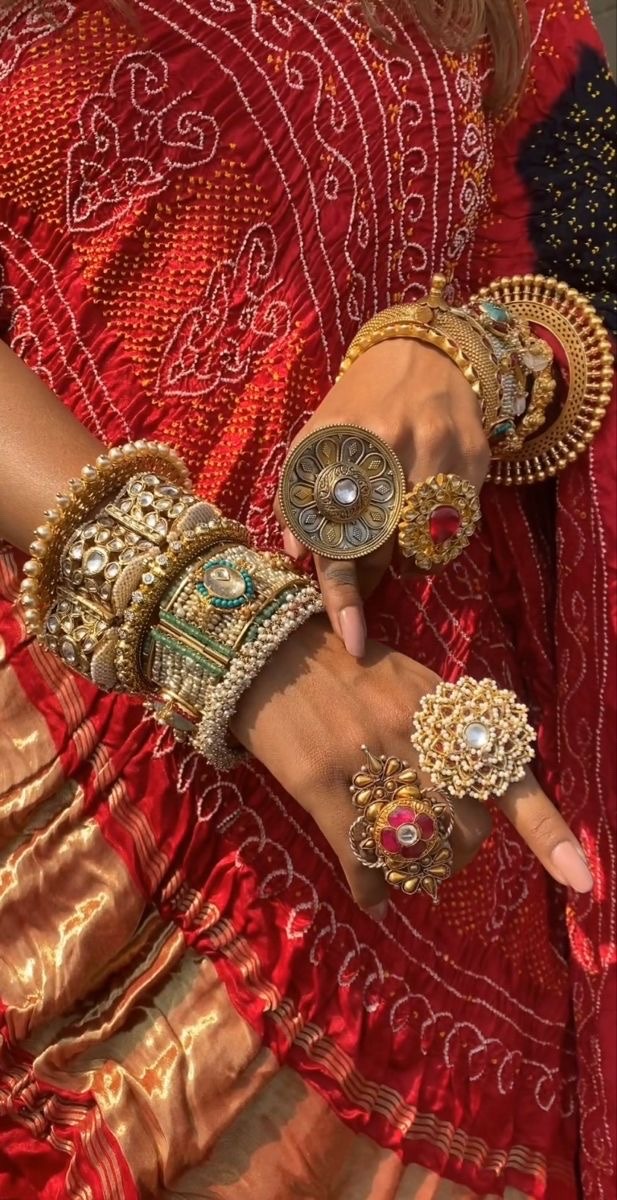
#allurahomeofbeauty#aesthetic#melanin#photography#beauty#black beauty#fashion#self love#black girl#black girls of tumblr#culture#india#delhi#traditional art#tradwife#traditional wedding#henna#gold aesthetic#gold rings#gold jewelry#black girl moodboard#black is beautiful#pretty aesthetic#pretty#golden hour#vacation#woc#black women magic#black model#black women
733 notes
·
View notes
Text

Marathi woman, India, by Fotocaters Photography
#marathi#india#asia#south asia#folk clothing#traditional clothing#traditional fashion#cultural clothing
486 notes
·
View notes
Text
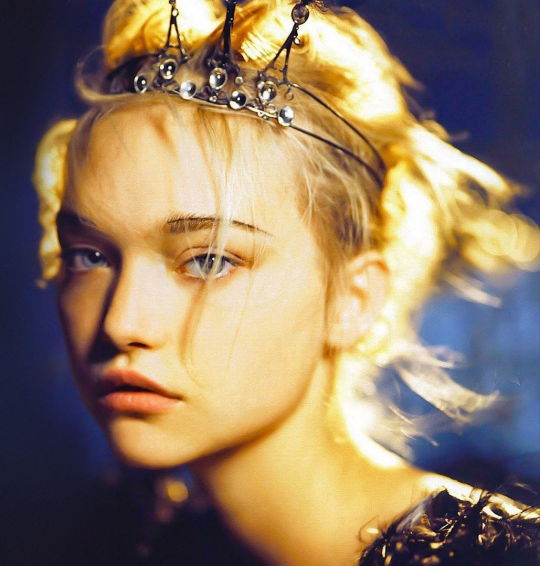
Vogue India Oct 2007 - Gemma Ward by Patrick Demarchelier
203 notes
·
View notes
Text

India Love for Savage X Fenty
#black girl#fashion#black girl moodboard#black girl aesthetic#black girls of tumblr#clothing#black girl fashion#outfit inspo#pretty black girls#india love#instagram#black tumblr#black women#india westbrooks#savage x fenty#fashion model#inspo#mood board#photography
415 notes
·
View notes
Text
‘India in Fashion’ at NMACC helps define the country’s varied sources of global influence: Rooshad Shroff
Mumbai-based architect and designer Rooshad Shroff, who was the affiliate designer of India in Fashion discusses lighting challenges, documentation and exhibition design. Edited excerpts: Rooshad Shroff The exhibition has been imagined as curatorial chapters. Was there any section that was troublesome to execute technically, given the interaction of areas versus curatorial? Actually, it being…
View On WordPress
#Hamish Bowles#India in Fashion#Indian inspiration global fashion#Indian inspiration western fashion#Indian textiles#Museum#Nita Mukesh Ambani Cultural Centre#nmacc#Rooshad Shroff
1 note
·
View note
Text

Nihang Sikh, Photo By Mark Hartman
#THE DRIP#fashion#india#indian fashion#sikh#sikhism#headdress#jewelry#accessories#men's fashion#ceremonial fashion
1K notes
·
View notes
